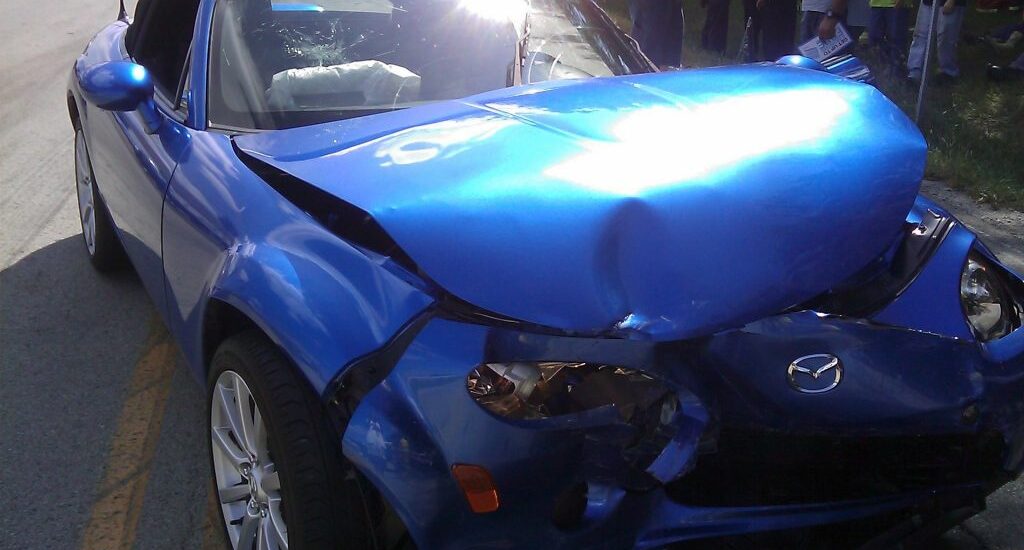- September 25, 2020
- Posted by: Felix Gomez
- Category: News

Accidents happen, it’s a fact of life. It’s also part of the risk that comes with owning and operating a vehicle. If you’re going to be on the road you’ve probably thought about auto insurance and maybe found it a bit overwhelming. It’s ok, there’s a lot to consider. This article will give you a better understanding of auto insurance and how to pick the best coverage for your needs.
Why Do I Need Auto Insurance?
There are two reasons you need automobile insurance, legal and financial.
- Legal – 48 states require some amount of car insurance coverage and driving without it can lead to your license being suspended or thousands of dollars in fines. States want to make sure that you can pay for damages you’re liable for after a car accident. If you cause an accident and don’t have car insurance, you risk being financially liable, potentially costing you hundreds of thousands of dollars which you’d be stuck paying out of pocket, not to mention repairs to your own vehicle.
- Financial – Auto insurance is financial protection in case you get into a car accident and damage someone else’s vehicle or injure them. It can also protect your vehicle from damage caused by an accident or a variety of covered perils, such as falling objects, fire, theft, vandalism, weather, or animals.
How Do I Pick The Best Auto Insurance For Me?
There are a lot of companies that want to sell you auto insurance and a lot of different levels of coverage to consider. Here are some ways to shop smart when you’re looking for automobile insurance.
- Know The Minimum Coverage Requirements – There are four main types of coverage, bodily injury liability, property damage liability, personal injury protection, and uninsured/underinsured motorist protection. Many states only require bodily injury and property damage liability, which may vary depending on the age and value of your vehicle.
- Comparison Shop – Get quotes from at least three different companies so that you’re sure you’re getting all the features you want for a reasonable price. Be sure to check both national and local companies (many regional insurers have better customer satisfaction than the nationals). Here are a few steps for car insurance comparison shopping:
- Make a list of some national and local auto insurance companies.
- Use the internet to open a tab for each company you’re interested in (3-5 is good).
- Get quotes by filling out an online form or calling a customer service line. You’ll need to provide information about the vehicle (year, make, model, VIN number), how the car is used (daily commute, zip code, where the vehicle is stored), and some personal information (recent driving history, age, gender).
- Compare the quotes to find the policy that works the best for you. Some things you’ll want to consider are:
- Premium – Can I afford this?
- Deductible – How much do I pay if there is a claim?
- Coverage – Does the plan cover the state’s minimum coverage requirements plus what’s important to you?
- Be Honest – High premiums might tempt you to “fudge” the numbers to get a lower rate but the truth will come out if you have to make a claim. If the insurance company determines you’ve been paying rates based on false information your policy will be invalid since you weren’t paying enough to cover the risk and you could be on the hook for the entire cost of damages.
- Ask For Discounts – Always ask what kind of discounts an insurer offers. Some common discounts include reductions for professional organization membership, bundle pricing for having other policies, multi-car discounts, special rates for paying your premium on-time and/or in one payment, going paperless, and good driving record discounts.
If you’re going to drive, having auto insurance is a good idea, and finding the right coverage at the right price is even better. Let us help you get the car insurance policy that’s right for you.
